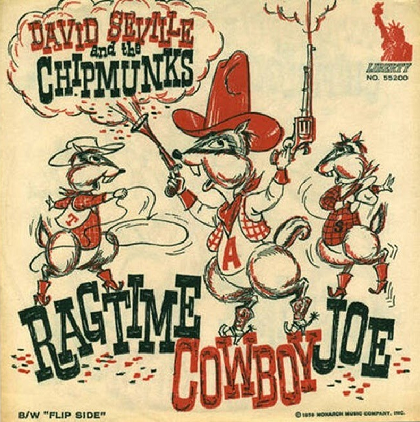

156.070Ĭheyenne‘s popularity led to another Billy Murray tune, Ida-ho, that featured a western cowgirl very much akin to the New Woman Gibson Girl image then so popular. Levy Sheet Music Collection, Sheridan Libraries, Johns Hopkins University.

Lyrics and Music by Noble Sissle and Eubie Blake.


(University of Colorado Boulder Music Library MUSICPOP 1912 Online. Sheet music, Harry Von Tilzer Music Publishing Co., New York. The recording was quite popular through the spring and summer of 1906. The Victor recording featured western sound effects such as whoops, shots, wind, tom toms, and hoof beats. The lyrics focus on a love story between a Wyoming cowboy and a cowgirl known as “Shy Ann” that read a lot like the storyline between the Virginian and Molly Stark Wood from Owen Wister’s novel The Virginian. Murray, the so-called “Denver Nightingale,” had been raised in Denver and supposedly was “well acquainted with both Indians and Cowboys.” Harry Williams and Egbert Van Alstyne wrote Cheyenne and featured it in the two-act musical comedy “The Earl and the Girl” in 1905. Murray had a unique tonal quality to his voice that reproduced well in the acoustic era so that his thousands of records are very clear. Cohan’s songs, recorded Cheyenne in 1906. The cowboy record craze began when Billy Murray, the era’s most popular singer known for covering George M. Songs included Cheyenne, Idaho, San Antonio, In the Land of the Buffalo, Broncho Buster, Moonlight on the Prairie, Pride of the Prairie, My Rancho Maid, Denver Town, My Pony Boy, Ragtime Cowboy Joe, At the Wooly Bully Wild West Show, In the Golden West, and Way Out Yonder in the Golden West. Instead, they were written by Tin Pan Alley writers in New York imagining the passing frontier.īetween 19, seventeen songs featuring cowboys and cowgirls appeared on talking machine cylinders and discs, and sheet music. But these were not songs from the West penciled by cowpokes in the bunkhouse after a long day on the range. Cowboys and cowgirlsĬowboys and cowgirls were also prominent in the talking machine era. Below, he shares more about those talking machines-this time from cowboys and cowgirls-stories that are now part of his book from the University of Oklahoma Press, Norman, Oklahoma, Talking Machine West: A History and Catalogue of Tin Pan Alley’s Western Recordings, 1902–1918 (American Popular Music Series). The Northern Arizona University Professor of History launched into a study of songs-from the culture surrounding them to their individual history and sheet music. In the last issue of Points West, readers learned of Mike Amundson’s unique collection of Edison cylinder records and an Edison phonograph on which to crank the tunes. LC-DIGggbain-24293 Talking Machine West 1902–1918, Part 2 By Michael A. Library of Congress Prints and Photographs Division. 1915–1920, with his sheet music for Rock-a-Bye Your Baby with a Sweet Dixie Melody, which he recorded in 1918.


 0 kommentar(er)
0 kommentar(er)
